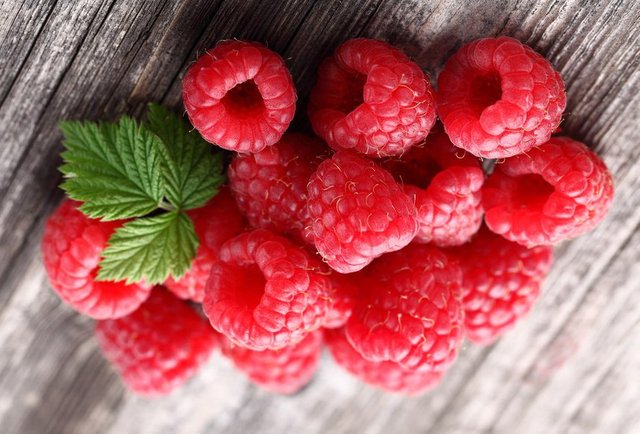Raspberry. I like it!
Raspberry in the people is loved and appreciated for the excellent taste and delicate, delicate aroma of fruits. She firmly established herself in the household plots and in the collective gardens. After strawberries and black currant in Russia, it is the third most important crop, the berries of which are in great demand among the population.
Wild raspberries were known to the ancient Greeks and Romans. The first mention of it as a cultural plant is found in the writings of ancient authors, dating back to the III century. BC. e. In Western Europe, raspberry as a garden crop is mentioned only in the XVI century, and in America - only in the XVIII century.
In Russia raspberries with red and white fruits have been cultivated since the XVII century, although it has long been grown in the gardens of Moscow, Novgorod, Vladimir, Suzdal, etc., where it was always a desired culture. Information about its varieties in Russia appeared in the early XIX century. At this time in the country already bred varieties of red, yellow and black raspberries.
This culture is widespread throughout the European part of Russia, in most of Siberia, in the mountains of Kazakhstan and Kirghizia, throughout the Urals, through felling, where it forms huge plantations. Raspberry refers to nitrophilic pioneer plants, so it first appears on the places of forest fires, felling areas, on dry, most uncomfortable places.
Raspberry is a wild or cultivated shrub from the Rosaceae family up to 1.5 m in height, with a long-term rhizome that develops biennial overground stems.
Her flowers are white with an almost palpable pleasant aroma. Petals are smaller than sepals with many stamens and pistils. Mass flowering of raspberries occurs at the end of May or the beginning of June (depending on the spring and the place of its growth) and lasts two to three weeks.
Raspberry ripens at different times, depending on the weather. Often you can see at the same time on the bush raspberries and ripe berries, and very green, and flowers. But the mass harvest of berries falls on August.
Raspberries, grown by a man, has a number of advantages over what grows on logging, it is larger and easier to assemble. But whatever the qualities of the garden raspberries, it is far from the forest savage, from which it originated.
The berries of wild raspberries contain about 10% of sugars, organic acids and their salts, vitamins A, B, C. Seeds contain up to 22% fatty oil. Fruits of raspberries are fed by many forest birds and animals. Forest raspberry - a good honey plant: with 1 hectare thickets get 100 kg of honey.
The berries of the garden raspberry contain up to 11.5% of sugar (glucose, fructose and sucrose), organic acids (citric, malic, salicylic), tannins, pectin (up to 0.9%), fiber (4-6%), anthocyanins , flavonoids, minerals and trace elements (iron, potassium, copper, calcium, magnesium, cobalt, zinc), vitamins C, B1, B2, PP, folic acid, provitamin A. Garden raspberries contain much more salicylic acid than in forest , so it is more useful for colds.
Raspberry is depleted with vitamin C, but is enriched with iron. Iron in raspberries is more than in other fruit crops (per 100 g of berries - 2-3.6 mg), except for cherries and gooseberries. Its seeds contain fatty oil and beta-sitosterol, which have anti-sclerotic properties. The leaves contain flavonoids, organic acids.
Berries and wild raspberries and garden raspberries are eaten fresh, with milk or cream, jam, compotes, syrups, jelly, marmalade, jams, juices, pastille, make tinctures, liqueurs, liquors, wine, soft drinks, candy fillings, kvass, etc.
The berries are also dried in warm ovens or on sunny days in attics with a tin roof. Dried berries are stored in a dry place in jars or boxes.